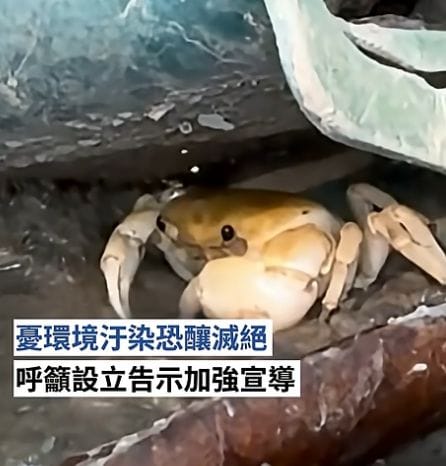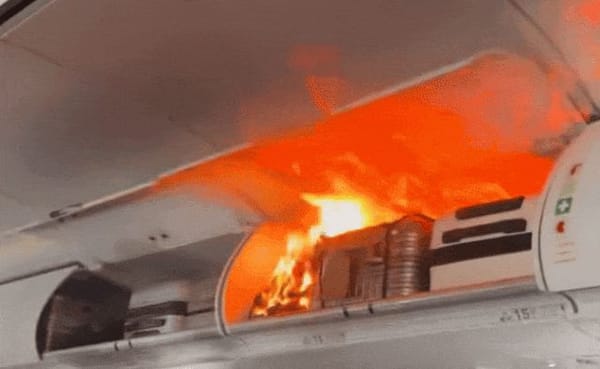The Alarming Threat to Kaohsiung's Endangered Makatau Freshwater Crab 🦀
The Makatau freshwater crab in Kaohsiung faces a silent threat from pollution. Can this endemic species survive humanity’s negligence?

A Disturbing Discovery in Kaohsiung
Imagine stumbling upon a tiny crab, an ancient creature unique to Kaohsiung’s Shishan area, carrying a cigarette butt back to its burrow, mistaking it for a juicy morsel 🍂. This is not a scene from a fictional environmental dystopia—it’s a recent reality that has shocked volunteers and scientists alike.
Volunteer Guo Gao-yi, who has monitored these crabs for over a decade, expressed deep concern and a heartfelt apology on behalf of humanity. He worries this incident could be a harbinger of dangerous changes in the freshwater crab’s habitat, potentially pushing the Makatau species toward extinction.
Why Should We Care?
The Makatau freshwater crab was only identified as a new species in 2009, making it a relatively recent addition to the biodiversity recorded in Taiwan. These crabs are not just cute little creatures; they are important indicators of a healthy ecosystem. They thrive in pristine water and clean vegetation, meaning their well-being mirrors the environmental quality of their habitat.
When delicate creatures like the Makatau crab start interacting with pollutants—like cigarette butts—it raises serious alarms. We're witnessing the impact of human negligence, not just on a single species but potentially on the broader ecosystem these crabs help sustain.
A Grim Toll: Dead Crabs and Environmental Lessons
Just last week, volunteers found nearly 30 deceased freshwater crabs in their primary habitat. This grim discovery has triggered an urgent call for increased environmental protections in Kaohsiung. Warning signs and stricter enforcement against littering cigarette butts are being proposed to curb this threat.
The problem isn’t just the visible trash; it’s what these pollutants do beneath the surface. Chemicals leaching from litter affect water quality, *reducing the survival rates* of aquatic life. Though the current population estimate of roughly 25,000 crabs since early 2024 offers some hope, continued pollution could tip the balance irreversibly.
The Road Ahead: Hope and Action Plans
From 2024 to 2026, a Chung Hsing University professor, commissioned by Taiwan’s National Park Service, is conducting an intensive study of the crab’s population and distribution. This research is critical for understanding whether pollution will drive this species to a regional extinction or if conservation efforts can turn the tide.
Meanwhile, local communities and environmentalists are rallying for cleaner habits. 💪 Simple acts—like properly disposing of cigarette butts and educating the public—are crucial. If we don’t act now, we might lose not only these unique crabs but the natural heritage they represent.
Final Thoughts: Our Responsibility to Kaohsiung's Ecosystem
The sight of a Makatau freshwater crab mistaking cigarette waste for food is a *stark symbol* of how pollution can disrupt nature’s delicate balance. This raises urgent questions: Are we doing enough to protect the environment? Will future generations witness an ecosystem cleansed of such pristine, endemic species?
Each cigarette butt discarded irresponsibly is a silent threat. It’s a reminder that even the smallest pollutants ripple through and endanger entire species. Let’s make this a wake-up call to treat all wildlife—not just the charismatic megafauna—with the respect and care they deserve 🌿.




